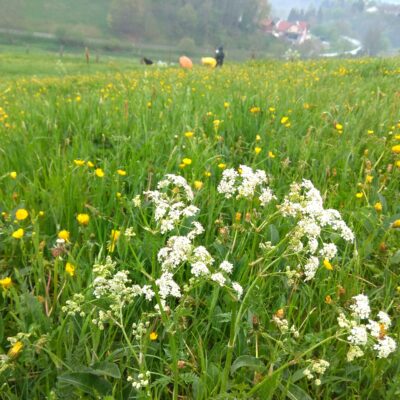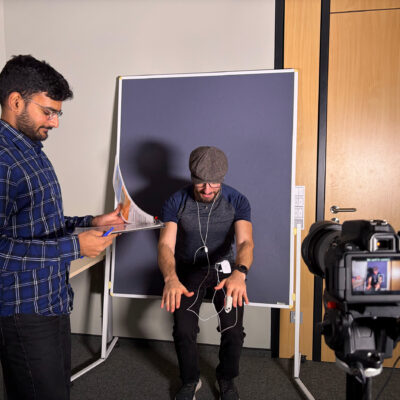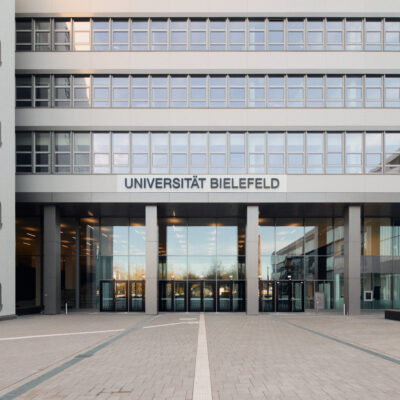Individualisation matters. We observe it in social trends, customer choices, personalised medicine or the adaptation of animals to their environments. In the research association ‘Individualisation in Changing Environments’ (InChangE), Bielefeld University and the University of Münster are investigating the causes, mechanisms and consequences of individualisation in changing environments. This interdisciplinary collaboration involves natural sciences, social sciences and humanities, including the disciplines of biology, philosophy, sociology, economics, psychology, geoinformatics, psychiatry and health sciences. The list of participants is long and their disciplines could not be more different. But that’s where the opportunity lies, says Dr Olena Orlova, an applied mathematician in the Theoretical Biology research group at the Faculty of Biology in Bielefeld and a postdoctoral fellow at InChangE.
‘This approach creates opportunities because science is becoming more complex and practical problems are no longer the preserve of a single discipline. They need collaboration to be properly addressed,’ says Olena Orlova. She is one of ten postdoctoral fellows at InChangE. The fellowships were set up to promote excellent academics who are at the beginning of their independent research careers and enable them to further their research in the interdisciplinary field of individualisation science.
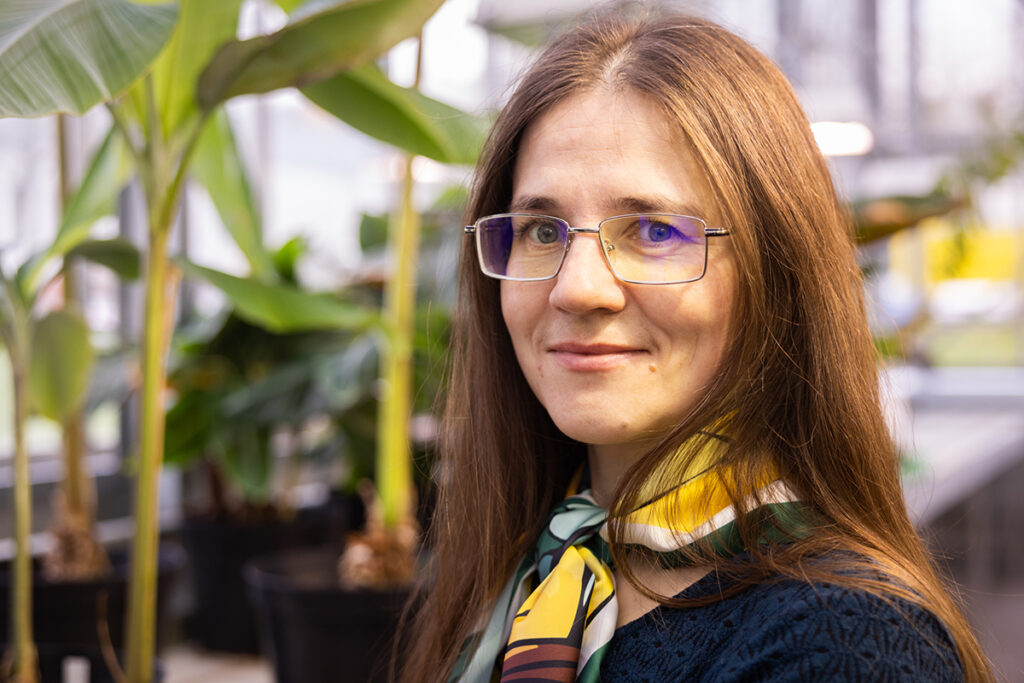
© Mike-Dennis Müller
Combining strengths
Researchers are joining forces to tackle questions such as what causes individualisation and how it comes about. And whether these processes are similar across different disciplines. They are studying the consequences of individualisation processes and trying to evaluate the risks and opportunities they carry. Professor Dr Meike Wittmann, head of the Theoretical Biology research group and part of the InChangE research consortium, describes one of the project’s goals: ‘Working together across universities allows us to combine our strengths, and working together across disciplines helps us to think outside the box, learn from each other and explore how ideas from other disciplines can be transferred to each other.’
Olena Orlova adds: ‘Individualisation takes place in a changing environment, where the interaction between the individual and the environment plays a key role. Individualisation cannot happen in isolation. It is a two-way street.’ As a mathematician with economics background who has recently become more immersed in biology, Orlova is responsible for bringing together economics and biology perspectives on individualisation processes. To do this, she uses individual-based models (IBMs). ‘Compared to other scientific prediction methods, IBMs are better suited to represent the complexity of real-world problems because they allow more flexibility and can account for individual differences in a more nuanced way.’
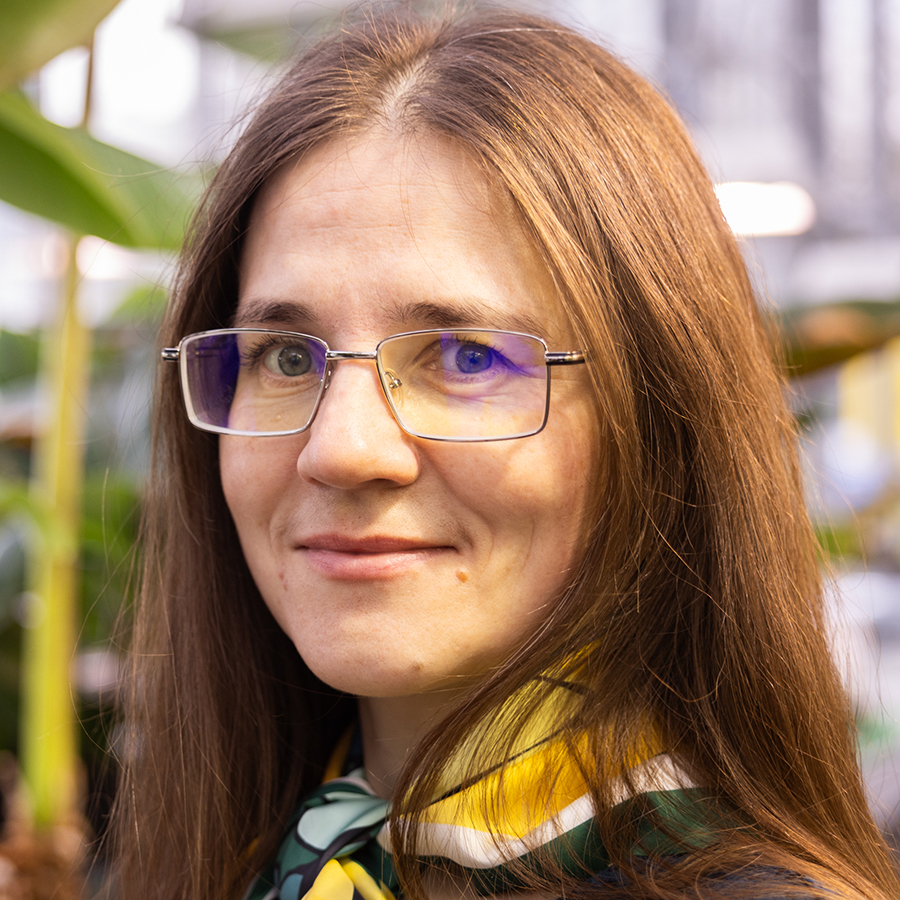
© Mike-Dennis Müller
The bark beetle as a research object
Specifically, researchers at InChangE look at how animals can adapt to their environment – by changing their appearance, by altering their environment, for example by building a nest, or by choosing an environment, as bees do when searching for blossoms. Biologists call these the individualized niche mechanisms – the interaction mechanisms between an individual and the environmental factors relevant to it. ‘In my research I for example try to transfer this concept to economics and see how the notion of an ecological niche corresponds to that of a market niche in economics, and if the individual-environment interaction mechanisms in economic contexts result in similar dynamics,’ says Olena Orlova.
The bark beetle is another object of Orlova’s research that puts both biology and economics on the agenda. The insect is a major problem in European forests, partly due to climate change. ‘Together with a group of biologists and economists I am working on finding the best ways to manage a piece of forest and protect it from bark beetle attacks,’ explains Orlova. Among the cooperating colleagues are also researchers from the ‘Value of Information’ project. To properly model optimal management schemes for forest managers, she and her colleagues have to specify biological as well as economic parameters.
One part of the model requires representing realistic dynamics of forest growth and the behaviour of bark beetles – the biological part. But another part of the model has to consider the economic incentives of a forest manager and how they translate into his or her behaviour – whether he cuts trees or uses pheromone traps, for example. ‘In this study system there are many possible dimensions of individualisation – be that individual differences between bark beetles or uneven forest structure – and one of our goals is to understand which of them make a real difference.’

© Sarah Jonek
Policy-makers could benefit
The different disciplines come together to complete the picture. Meike Wittmann considers this research as contribution to nature conservation: ‘We hope that our interdisciplinary modelling project can make a small step forward in finding better management strategies for bark beetles.’
Orlova sees policy-makers as another beneficiary: ‘We can think of individualisation of people and the boundaries that come with it. There’s always a trade-off between the individual and the social, because we are all part of someone else’s social environments.’ She is particularly interested in the feedbacks between the individual and the environment, and in including both influences in a model: ‘We can study the influence of the environment on the individual and vice versa, but we will only get a complete picture if we include everything in one model,’ she says. Only then will it be possible to see how the whole mechanism works. ‘And that could help us make better policy recommendations.’

